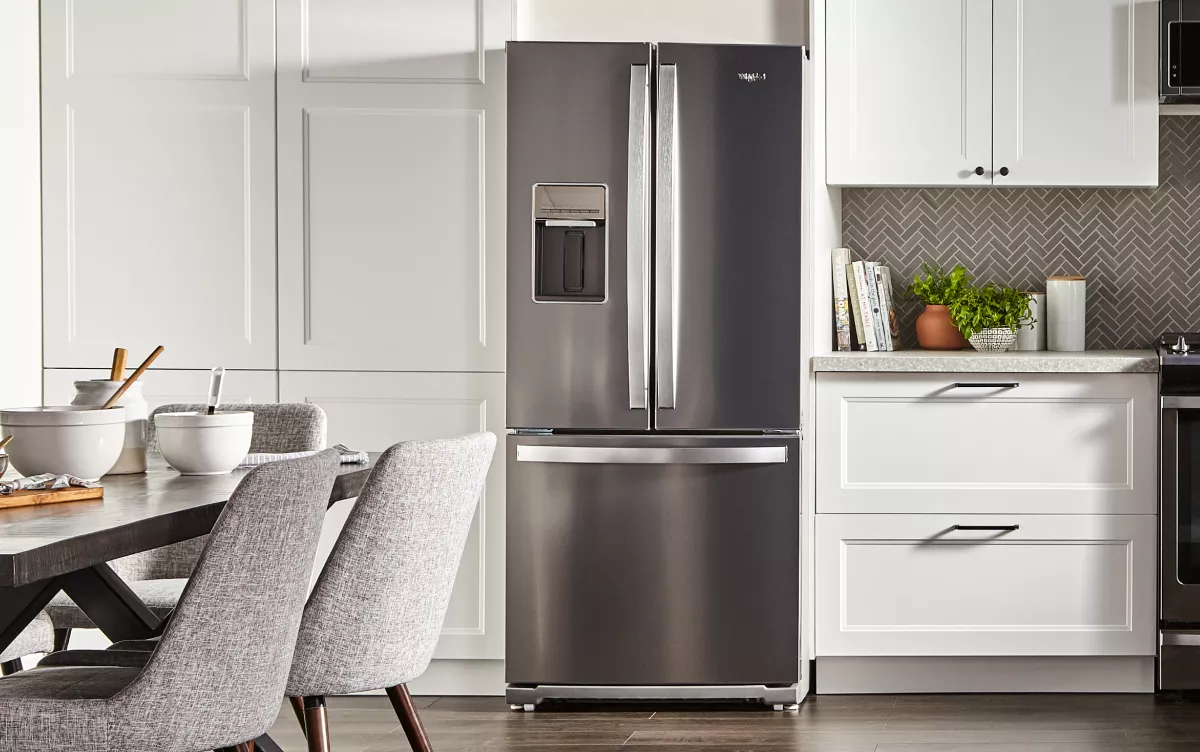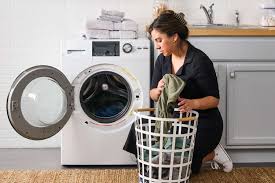10 DIY Ways to Take Care of Your Home Appliances by Gizmo Appliance Repair and Maintenance
- Gizmo Appliance Repair

- Nov 13, 2023
- 4 min read
CLEANING AND MAINTENANCE TIPS FOR YOUR HOME APPLIANCES BY GIZMO APPLIANCE REPAIR & MAINTENANCE
Preventative cleaning and maintenance on your home appliances not only make the appliance run more efficiently, but also extend its lifetime. Now more than ever, you want your home to be a safe haven for you and your loved ones. We’ve compiled ten tips and tricks that you can do at home to keep your home appliances in pristine condition.
KITCHEN
1. Clean Refrigerator Coils and Rubber Gaskets
Your refrigerator is a daily necessity. Often, the door seals on your fridge become looser over time. To prevent significant damage down the road, regularly check the rubber gaskets on your fridge and freezer doors. Make a habit of routinely cleaning the rubber gaskets with some soap and water, drying thoroughly. Cleaning these rubber gaskets will help keep the refrigerator and freezer doors sealed tight, without compromising the cool air in your device.
Another area to clean is the condenser coil of your refrigerator. Dirt, dust, and debris caught on the coil can restrict proper airflow, making a refrigerator use more energy to keep cool. To prevent this from occurring, wipe down and vacuum the condenser coil on your fridge to keep it running efficiently.
2. Replace Your Water Filter
If your refrigerator comes with a water filter, that filter needs routine maintenance. For most water filters, the industry-standard recommendation is to change filters every three to six months, depending on usage. If you notice a change in water pressure and color, change the filter immediately. Water filters that aren’t working properly are not removing contaminants and impurities, which could be damaging to your health.
3. Ensure Oven Door has a Tight Seal
Your oven is not only a source of great meals, but also a provider of major heat in your home. If your oven’s door seal is compromised, your oven can lose more than 20 percent of its heat. This loss is not only energy-inefficient but also has practical results – your food may take significantly longer to cook or may cook unevenly, which puts you at risk for consuming undercooked food.
To check the condition of your oven seal, open the oven door and locate the rubber gasket located around the edge. Take your finger and feel for any broken or damaged areas. Then, close the door to see if you can detect any potential leaks. If you find damage or a leak, then it’s time to replace the seal.
4. Wipe Up Stove Spills
It’s com
om everyday cooking. However, if spilled food particles compile over time, the build-up can prevent a stove burner from turning on and working properly.
To clean your stovetop, start by soaking your burners, knobs, and hood vents in your sink for a couple of hours, if possible. If you have metal drip plates, use a steel wool to remove anything stuck or difficult to remove. Finally, wipe down any stove spills and vacuum the crumbs that have become stuck in the cracks between the counter and the stove.
5. Clear and Deodorize the Garbage Disposal
While a garbage disposal provides great convenience in the kitchen, this appliance must be regularly cleaned to work properly. To start, turn the disposal off and inspect the drain to see if any large food items are stuck. If you see something, use tongs to remove the item that is blocking drainage. Then, use an at-home remedy, such as a mixture of ice cubes and salt, hot water, or vinegar, and pour down the drain to remove other stuck food particles.
To remove unpleasant odors, you must deodorize the garbage disposal. The best way to do this is to place a handful of citrus peels in the disposal, run cold water, and turn it on. Then, it should smell nice and fresh!
LAUNDRY
6. Wash the Inside of the Washer
Washing the washer? Believe it or not, your washing machine needs routine cleaning, too. Because of the use of water, mold can grow quickly in washing machines if not properly taken care of by homeowners. To clean your washer, wipe down the inside of the washing machine, including the seals on the door with a towel. Another trick is to leave your washing machine door open after a cycle to help the inside of the machine dry out.
7. Inspect Washing Machine Hoses
Most floods in the laundry room are a result of leaks in the washing machine hoses. To make sure that your home is not at risk of an indoor flood, inspect the hose. Typically, the hoses connect to the back panel on your washing machine. Inspect these washing machine hoses for any cracks, leaks, or weak spots. If you find any damages, then it’s time to replace the hose. We recommend replacing the washing machine hoses every five years.
8. Check Dryer for Fire Hazards
While your washing machine can cause flooding, your dryer unit possesses many fire hazards. One basic way to prevent fire hazards in your dryer is to clean out the lint trap after every load of laundry. Cleaning out the lint also helps your dryer heat up properly so that your clothes get dried. Sometimes, the lint filter also needs to get cleaned or replaced if lint is stuck to it.
Other areas to clean on your dryer is the accordion hose and dryer exhaust. Make sure that these devices don’t become clogged by removing clumps of lint from the tubing and the hole in the back. Vacuum these parts, and then properly reattach.
Call a Local Home Appliance Servicer for Professional Maintenance
At the end of the day, if your home appliance is having problems that require a more substantial solution, reach out to a trusted, local home appliance servicer for assistance.
Need professional help for cleaning and maintenance on your home appliances? Contact Gizmo Appliance Repair 321-626-8742
















Comments